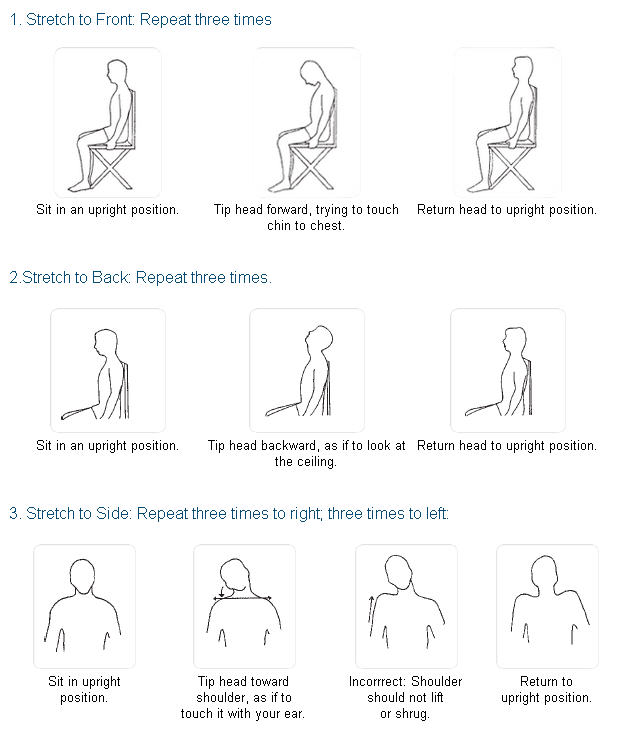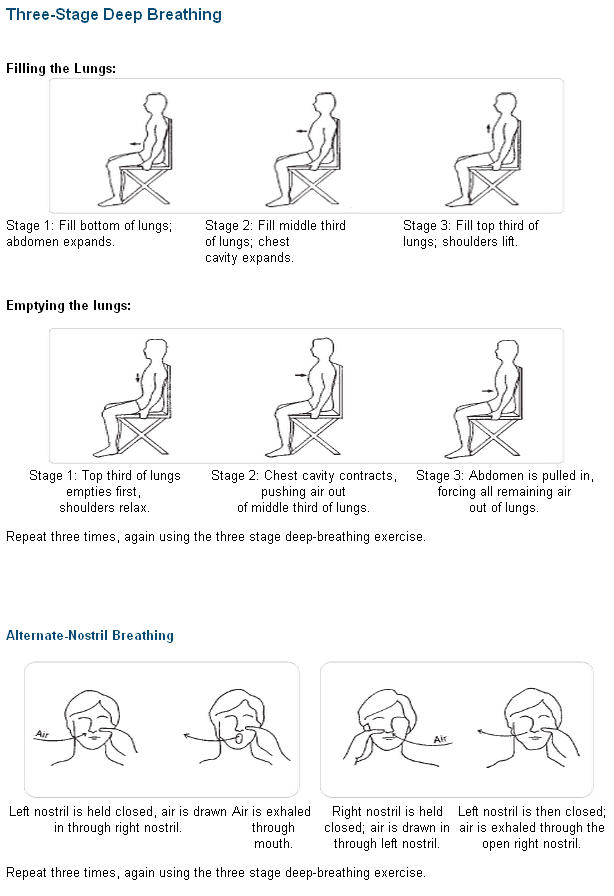MEDITATION
Another confession. I took most of this information about meditation from the Association for Research and Enlightenment web site. Any meditation that feels best for you is the meditation for you. You certainly could pick and choose any element from the following information. There are 43,900,000 results for the search term meditation on google.
Although meditation has long been an accepted practice in the East, it wasn't until the 1960s that it gained acceptance in the West. Today, clinical research has proven that meditation has positive effects on an individual's overall health, and many physicians now recommend it as a way of helping their patients learn to lower their blood pressure. Interestingly enough, Edgar Cayce was recommending meditation in the late 1920s and 1930s.
These, as we find, are slow, yet sure, if there will be kept, not only the corrections made occasionally, once a month or such, might be the more often but the meditation; and in the meditation, don't meditate upon, but listen to the voice within. For prayer is supplication for direction, for understanding. Meditation is listening to the Divine within. (Cayce Reading 1861-19)
In simplest terms, meditation is the practice of quieting our physical bodies and our minds, and focusing our attention inward instead of upon the world around us. As you begin to practice meditation daily, it will become easier. You might also notice that the sense of peace inside you during meditation will begin to carry over into the different parts of your day. Although some schools of thought suggest that the mind should be blank when you are meditating, Cayce's material suggests that the mind is a constructive force and allows for the closest attunement possible if used in the right way.
Meditation promotes coordination at three levels: physically, we begin to relax; mentally, our busied thoughts become quiet and focused; and spiritually, we get re energized and are able to deal more lovingly and effectively with the people and events around us. By following a few simple steps, anyone can learn to meditate; even beginners may experience the calming effects of a few moments of purposeful silence.
Meditation in Seven Steps:
Step One: Find a comfortable position. Keep your spine straight, legs uncrossed, and relax any tense muscles in your body.
Step Two: Head-and-neck exercises. Do each of the following three times: head forward, head backward, head to the right shoulder, head to the left shoulder, rotate head in a complete circle clockwise, rotate head in a complete circle counterclockwise. Do not strain or force.
Step Three: Deep breathing exercises. Fill lungs from bottom to top, exhale from top to bottom. Breathe in through your right nostril and out through your mouth; repeat three times. Breathe in through your left nostril and out through your right; repeat three times.
Step Four: Special meditation aids can be used as desired. Music, incense, chants, personal rituals, inspirational reading, prayers and the prayer of protection. Send out light and constructive energies to the people on your personal prayer list.
Step Five: Affirmation and prayer for deeper meditation. Move through the three stages of focusing on the affirmation: thinking about it, feeling it, experiencing it. Return to the thinking stage whenever the mind wanders. Allow ten to fifteen minutes for Step Five. Healing prayer.
Step Six: Decision making. Test any tentative decisions you have made according to the decision-making exercise.
Step Seven: Health tips for improved meditation.
Head-and-neck exercises
Note: All head-and-neck exercises should be done slowly and gently, without straining or forcing the muscles in any way.
1. Stretch to Front: Repeat three times
Sit in an upright position.
Tip head forward, trying to touch chin to chest.
Return head to upright position.
2.Stretch to Back: Repeat three times.
Sit in an upright position.
Tip head backward, as if to look at the ceiling.
Return head to upright position.
3. Stretch to Side: Repeat three times to right; three times to left:


Steps Four: Special Meditation Aids
Special meditation aids can be used as desired. Music, incense, chants, personal rituals, inspirational reading, prayers, and the prayer of protection. Send out light and constructive energies to the people on your personal prayer list.
Music for Meditating: Music preferences vary widely, even among people who meditate. However, here are a few suggestions to get you started:
The Fairy Ring, Mike Rowland
Pachelbel: Canon (Many versions, some especially arranged for meditation)
River of Stars, 2002
Crystals, Llewellyn
Adagio: Music for Meditation, Peter Davison
Chants for Meditation: The Cayce readings recommend certain chants as very effective in connecting us with spiritual realms.Take a long, deep breath, and chant these sounds as you slowly exhale. See if you can make the sounds vibrate deeply within yourself. Repeat up to a dozen times or more before meditating.
In reading 1158-10, we are told that the following syllables awaken the ability to draw God’s love. (The “e” and “o” are both “long,” as in “seek” and “home.”) ahrrrrrr—eeeee—ooooo—mmmmm
A second chant uses a variant of the four Hebrew letters of Yahweh. This chant, according to reading 2533-8, can awaken within us the ability to know ourselves to be individuals, yet one with the Whole. Yah—hay—vah—hay
Prayers:
The Lord’s Prayer
Our Father which art in heaven,
Hallowed be thy name.
Thy kingdom come,
Thy will be done in earth, as it is in heaven.
Give us this day our daily bread.
And forgive us our debts, as we forgive our debtors.
And lead us not into temptation, but deliver us from evil:
For thine is the kingdom, and the power, and the glory, for ever. Amen.
A Prayer of Protection
As I open myself to the unseen forces that surround the throne of beauty, grace, and might, I throw about myself the protection that is found in the thoughts of Him.
The Twenty-Third Psalm
The Lord is my shepherd; I shall not want. He maketh me to lie down in green pastures: he leadeth me beside the still waters.
He restoreth my soul: he leadeth me in the paths of righteousness for his name’s sake.
Yea, though I walk through the valley of the shadow of death, I will fear no evil: for thou art with me; thy rod and thy staff they comfort me.
Thou preparest a table before me in the presence of mine enemies: thou anointest my head with oil; my cup runneth over.
Surely goodness and mercy shall follow me all the days of my life: and I will dwell in the house of the Lord for ever.
Make a Personal Prayer List:
Take time to hold in the light people who have asked for your prayers or given you permission to pray for them.
Steps Five: Sample Affirmations for Use in Deeper Meditation
Oneness
Love
I am at peace.
Let me be a channel of blessings to all I meet.
God is love.
Peace, be still. All is well.
I am at one with the universe.
Let Thy healing power flow through me, in my life, day by day.
Stage One: Think about what the words of the affirmation mean.
Stage Two: As you continue thinking about what the affirmation means, you begin to feel what it means.
Stage Three:As you hold on to the feeling of the affirmation, your awareness shifts to experiencing it.
If you notice your mind has wandered, and you gently go back to Stage One.
Health Tips for Meditation
Remember that meditation and a healthy body can work together in a constructive cycle. The practice of meditation is an important element in your overall program for maintaining good health. Good health practices in your daily life will aid your meditation life. Below are areas to which you might want to pay particular attention:
- Healthy Diet
Eat a good, balanced diet, with lots of fresh fruits and vegetables, as well as whole grains.
The Edgar Cayce readings recommended:- that 80 percent of the diet consist of non-starchy vegetables and fruits, with the remaining 20 percent provided by proteins, cereals, and starches.
- that meat intake consist mainly of fish, fowl, and lamb, with red meat eaten only sparingly and pork rarely or never.
- that we avoid overly processed foods, all fried foods, and foods containing white flour and/or sugar.

- Rest and Recreation
Adequate rest and recreation are essential parts of a balanced lifestyle. Be sure to get adequate sleep in order to avoid fatigue during your meditation experience. Recreation helps to relax both your body and mind, which is important when you sit down to meditate.

- Eliminate Toxins from Your Body
The elimination of toxins—the waste products left over after the body has digested and metabolized
its food—is crucial to good health. You eliminate toxins through your skin, lungs, bowels, and kidneys.
The following practices are all helpful:- Breathe deeply and fully, remembering to exhale completely. Breathing exercises before meditation help here, but you should also develop the habit of breathing deeply throughout the day.
- Drink at least six to eight glasses of pure water daily, which will help remove toxins and wastes from your body.
- Bowel eliminations should be kept regular through proper diet (including lots of fiber) and exercise, especially walking.

- Exercise
Exercise will help keep your body healthy and aid in stress reduction. Always check with your doctor before embarking on any new program of exercise. Moderate, consistent exercise is more helpful than sporadic, strenuous workouts. Gentle stretching and daily walks will go a long way toward keeping you fit and releasing tensions.
Finally, remember that you are a whole person, with all parts working together. Your attitudes and emotions are vital to good health. As you meditate daily, it will have an impact on your physical health. As you pay attention to basic health practices listed here, you’ll find your meditation life enhanced as well.